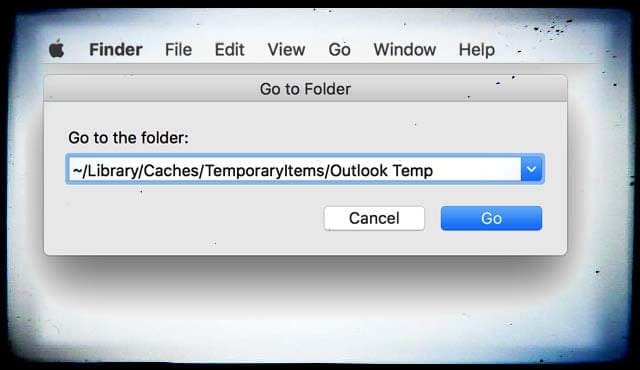

- #Outlook for mac att.bin files how to
- #Outlook for mac att.bin files archive
- #Outlook for mac att.bin files windows 8
- #Outlook for mac att.bin files windows 7
Retired since April 11, 2017, security updates have stopped Retired since April 8, 2014, security updates have stopped
#Outlook for mac att.bin files windows 8
Windows Vista, Windows 7, Windows 8 (2011)Īctively developed, improved and supported for 11 years now! Up to date with security updates (and latest security bulletins), making your system safer against email-related malware.
#Outlook for mac att.bin files windows 7
Windows XP, Windows Vista, Windows 7 (2009) Proprietary database without access interface, your emails are locked in proprietary database - this makes it difficult to export data (EML / ESE / JetBlue format)Īll modern Windows (and future Windows), Windows 11, Windows 10, Windows 8.1, Windows 8, Windows 7, Windows Vista, Windows XP, Windows 2000 Proprietary database with access interface (API) (EML / ESE / JetBlue format) Undocumented (closed source) proprietary database with access interface (API) (DBX format) Public domain database formats (your email data belongs to you), all formats are documented in the help (SQLite/MBX format) More features missing, ribbons, unintuitive, takes more time for the former Outlook Express user to get used toĬomprehensive set of rules and actions, easy to use Simple, but some features missing like identities FeatureĮasy to use, very similar to Outlook Express The table is based on user comments and our technical research. This table shows some of similarities and differences between OE Classic, Outlook Express, Windows Mail and Windows Live Mail. How does OE Classic compare to Outlook Express, Windows Mail and Windows Live Mail? Your data always belongs to you as it is stored in a public-domain format and there are no storage size limits. The ultimate goal of OE Classic is to be an easy to use, fast, small and secure program with lots of power features and yet, easy to use for a beginner. OE Classic is an email and Usenet reader designed to be a perfect replacement for Outlook Express, Windows Mail, Windows Live Mail and even Mozilla Thunderbird. olm extension.OE Classic - Replacement for Outlook Express On the File menu, select Export > Outlook for Mac Data File.Ĭhoose to filter by category or item type. To export all items in Outlook, select Items of the following types, and then select all the check boxes.Ĭlick the right arrow to continue, and then follow the instructions. The Outlook for Mac Data File uses the. During the export process, you can choose to keep the exported items in Outlook, or to delete them after they are exported. Similarly, you might want to export all your contacts on your home computer and then import them on your work computer. For example, if you want to transfer networking information from your work computer to your home computer, you could export only items that you've assigned to the Networking category. When you export to an Outlook for Mac Data File, you can choose to filter information by category or by item type.
#Outlook for mac att.bin files archive
This is not available in Outlook 2011 for Mac, but you can set up your own data backup - see Automatically archive or back up Outlook for Mac items. Note: In Outlook for Windows, older Outlook items are archived automatically on regular intervals, also known as AutoArchive. Use Time Machine to automatically archive or back up items in Outlook 2016 for Mac pst file into Outlook 2016 for Mac from Outlook for Windows

The Outlook team actively monitors this forum. To request additional export options, visit the Outlook Suggestion Box to leave your feedback.

The only export option available at this time is the. I want to export to iCloud or to some other type of archive file
#Outlook for mac att.bin files how to
Choose Finish.įor information on how to access the data that you've saved in an Outlook for Mac Data File (.olm), see Import email messages, contacts, and other items into Outlook 2016 for Mac. Once your data has been exported, you'll get a notification. In the Save As box, under Favorites, choose the Downloads folder, and click Save. In the Export to Archive File (.olm) box, check the items you want to export, and choose Continue. If all Outlook updates are applied and you still don't see the Export button, look for Export on the Outlook File menu. On the Outlook Help menu, click Check for Updates. Note: Don't see the Export button? Make sure you have the latest version of Outlook.


 0 kommentar(er)
0 kommentar(er)
